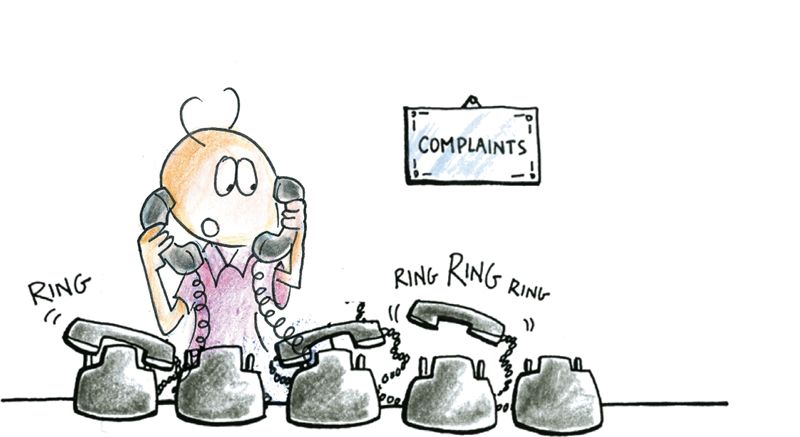“Bob is not doing his job. Always mistakes. What should I do with him?”
“Mary has messed up our relationship with a key client. I had to step in to save the day.”
“Mary has messed up our relationship with a key client. I had to step in to save the day.”
Having done a multitude of projects in all kinds of private and public organisations, we have frequently encountered these and other remarks by managers about their staff.
Although the comments are usually based on symptoms that come in the disguise of facts, starting a project, especially an improvement project, with this type of mind-set is generally a bad omen. It sets the wrong focus and leads very often to failure.
Instead, we should keep one very simple assumption in mind that I try to use as a guide for myself:
No one makes mistakes on purpose.
Or, can you really imagine your staff going to work in the morning with the question in mind “How can I mess up my workplace today?” Very unlikely.
Visionary and management consultant, Dr Deming has put this in numbers with “95% of the time, mistakes are caused by the system and not the worker”. With this humble assumption in mind, the focus moves from blaming people to blaming the system and avoids emotional melt-down. Whilst people do not like to be told that they are the cause of the problem, they will most likely be very supportive when they have a chance to participate in improving or redesigning the process causing the problem. And, truly enough, when looking objectively for root causes, they do present themselves as part of the system or the process resulting in another belief:

If we fix the system, people will do their job.
To fulfil this quest, real leadership is needed. If someone is not doing his job, it is the task of the leader to find out why. The leader should ask questions like:
Can Bob do the right job with the process and tools he has? Or, do we try to run a lousy process in a difficult environment with good staff? Is Bob on the right job or is your recruitment process flawed? Does Bob have the skills, knowledge, experience and the attitude to fulfil his Job Description or is this not even specified? Is Bob motivated to do so, i.e. do the KPIs guide him in the right direction? Are there KPIs at all?
Is Mary up to the task she has got or is she put on the position because she used to be good in another job and got promoted as no one else was available? Did she get all the support needed from the leader and from her colleagues to handle this difficult client?
It is very likely that flaws in the system are found by looking carefully and impartially. And, who is responsible for the system if not the leader?
In conclusion, there might be a variety of reasons why Bob and Mary make mistakes. Looking for these reasons would benefit not only them but the organisation.
And, remember, when you point the finger at someone, four other fingers point back at you. (Nizer)


